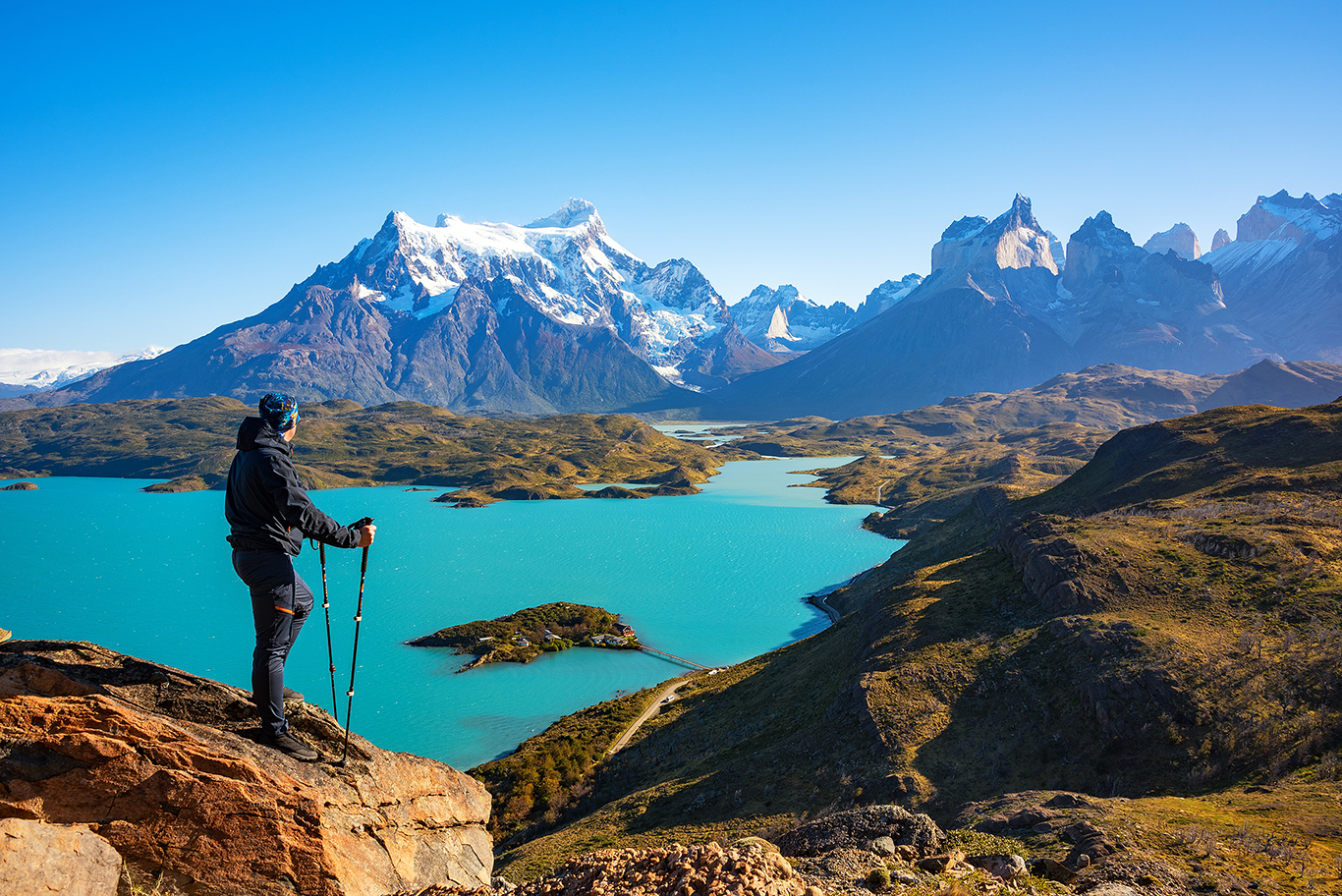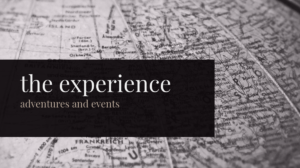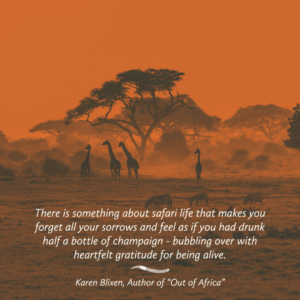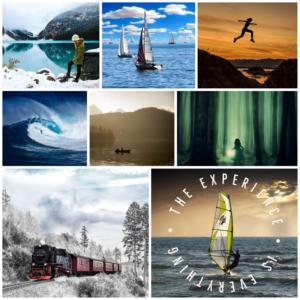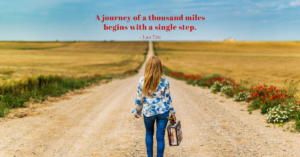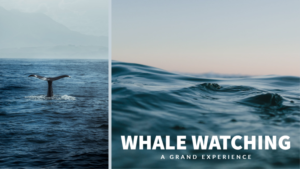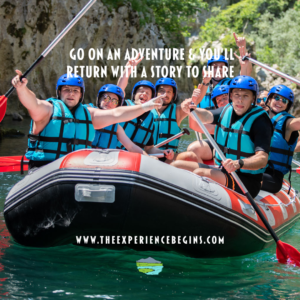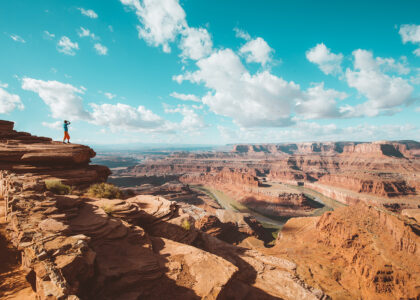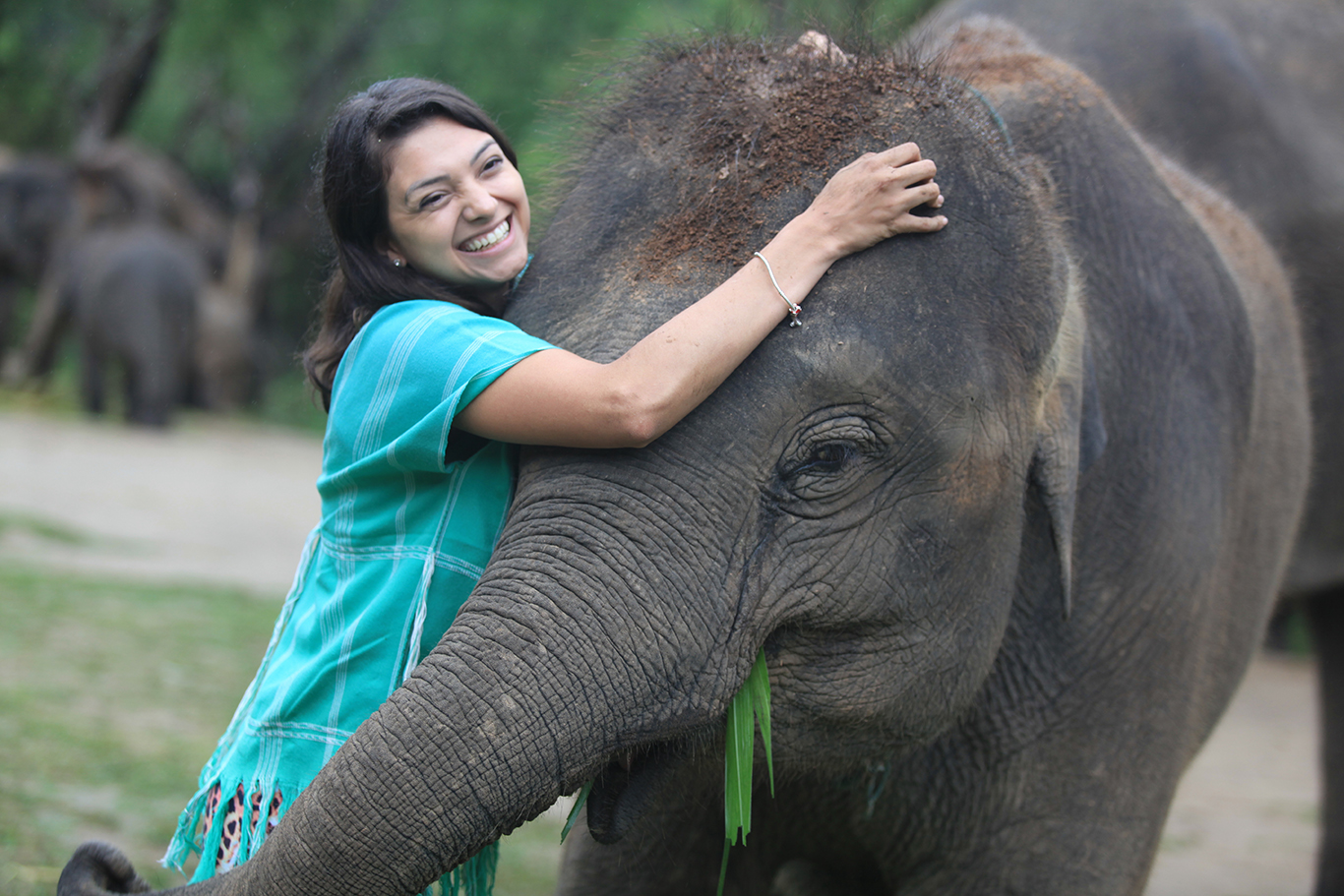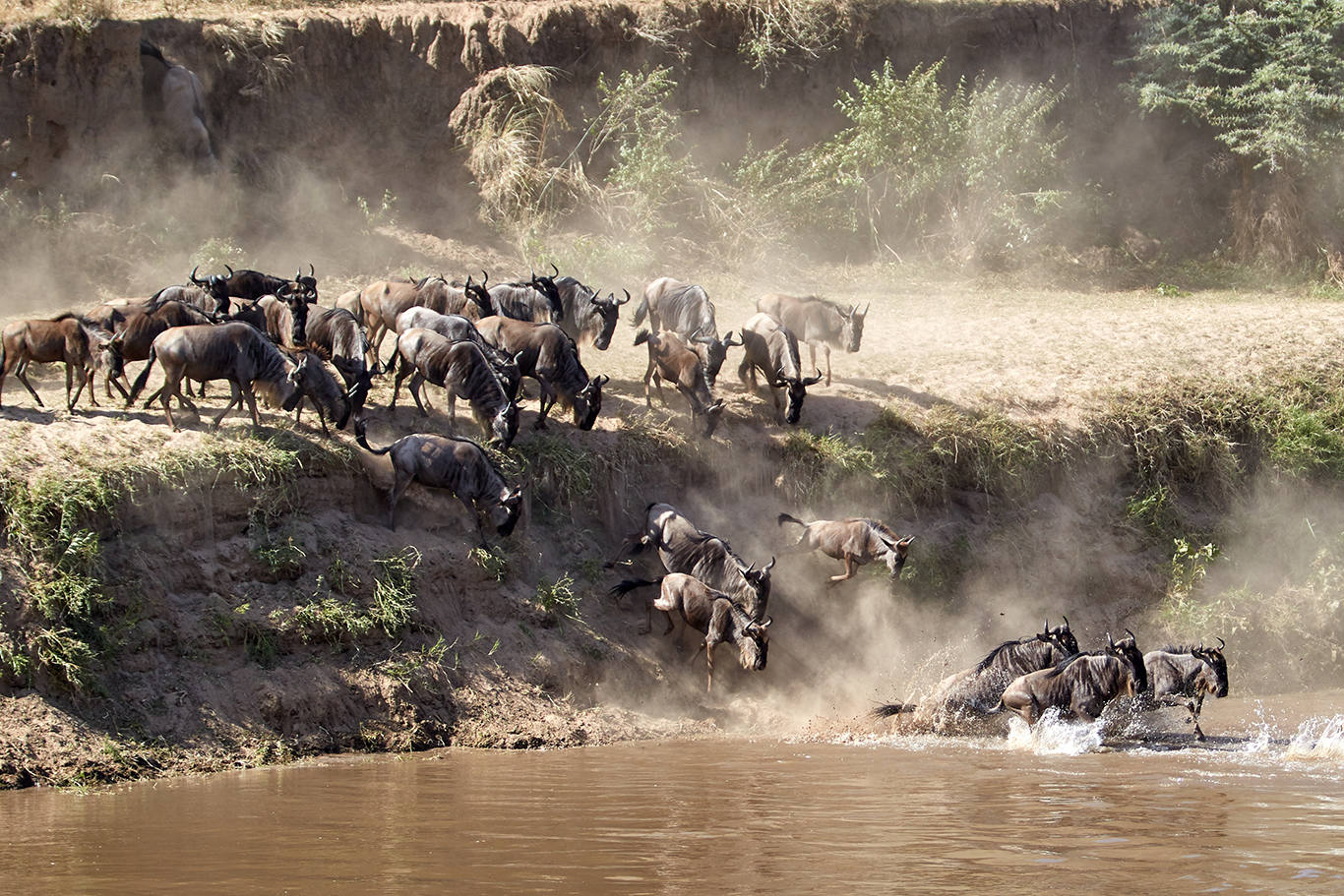Rugged and Remote: Are You Ready for Patagonia?
If your idea of a great time is a tough trek through even tougher terrain, start packing your bags for the experience you’ve been waiting for. Patagonia trekking is a challenge most experienced adventurers long to tackle. The remote range is famous for offering everything from one-day hikes to multi-day wilderness treks. Snow-capped mountains, fast-moving rivers, glaciers, and deep caves surround you with jaw-dropping natural beauty.
Why You Should Try Patagonia Trekking
If you want the experience of seeing one of the world’s most remote wilderness areas, Patagonia trekking should top your list. Hike to massive glacier lakes, or tackle a challenging trip to the South Patagonian icefield. Trek the famous Cerro Castillo, a 28-mile trail that runs through Andes Mountains and Cerro Castillo National Reserve. Along the way, you’ll see sea birds, humpback whales, penguins, llama-like guanacos, pumas, and condors.
Do you want to combine trekking with other outdoor activities? Take a kayak ride through fjords, lagoons, and some of the world’s largest rivers. You can paddle to the Magellan Straits to see penguins and other wildlife. Bring an ice axe to climb the enormous Grey Glacier, which is almost four miles wide and 100 feet tall. End your day at the Termas Puyuhuapi thermal baths, where you can soak in warm mineral salts from a natural spring.
Where Is Patagonia?
It is a mountain range in the western part of Argentina. It crosses into Chile, and most people travel from Argentina or Chile to reach it. The region is untamed and sparsely populated. The largest city in Patagonia is Neuquen, which has a population of 345,000.
At more than 400,000 square miles, the range is twice the size of California. This vast terrain is home to one of the most rugged, challenging environments in the world—and also one of the most scenic. Its landscapes include tall, snow-capped mountains, glaciers, and vast, untouched plains. Most of the land is under the protection of Chilean and Argentinian national parks.
Best Treks in Patagonia
• Fitz Roy Trek: This one-day trek, also known as the Laguna Torre, begins in the Argentinian town of El Calten, which is considered Argentina’s trekking capital. It is the launching post for many treks that take you through breathtaking scenery. The Fitz Roy is a 13-mile trek that winds along a glacial lake.
• Perito Moreno: If you have ever wanted to see a glacier up close, take a tour of the Perito Moreno glacier in Canal del Los Tempanos. Guides can arrange the four-hour ice hike. The experience begins with a boat ride and a trek through a subarctic forest.
• W Circuit: This four-day, 43-mile trek takes you through Torres del Paine National Park in Chile, which is the crown jewel of the region. You’ll see granite peaks, lakes, avalanches, and ice formations. This trek is an excellent choice for solo travelers, women, and those who want a choice of accommodations besides camping.
• Huemul Circuit: Located in Parque Nacional Los Glaciares in Argentina, this is a difficult four-day trip that takes you up and down extremely steep slopes. It requires rappelling across rivers, scaling the aptly named Windy Pass, and climbing 3,000 feet of gravel trail. In return, you’ll see the Patagonian Icefield with its icebergs, a hanging glacier, and unbelievably starry skies.
• Dientes de Navarino: If you attempt this one, you’re likely to be one of the few people who do. This six-day trek takes you through the jagged Navarino Mountains and some of the most remote terrain on earth. The trek takes you within sight of Cape Horn. Argentinian law requires you to register your plans to do this trek with a local police station.
What’s the Best Time of Year for Patagonia Trekking?
The best time to visit is during the southern hemisphere’s spring and fall seasons. That means from September to May. Most hotels are only open during these months. Some people prefer to travel in September and October because there are fewer travelers then. Some treks, however, are so difficult that you should only attempt them in the warm season.
At all times of the year, the region is subject to storms and sudden weather changes. Have several activities planned if bad weather forces you to cancel a trek.
How Long Should You Plan to Spend There?
Most people who visit Patagonia plan to spend at least two weeks. Flights to get there are long, the area is vast, and you’ll want time for multi-day adventures without feeling rushed. Give yourself several days of travel time in each direction.
Traveling from Chile
To travel from Chile, take an international flight to Santiago. The country’s capital is a lively, modern city of 7 million. From there, you can take a four-hour domestic flight to Punta Arenas, which is on the Chilean side of Patagonia.
Traveling from Argentina
If you travel to Argentina, take a flight to the capital city of Buenos Aires. One of the largest cities in South America, Buenos Aires is a world-class city with many artistic and cultural offerings. From Buenos Aires, you take a five-hour flight to El Calafate in Patagonia.
Planning Your Patagonia Trekking Adventure
Most activities in Patagonia are geared toward skilled, experienced trekkers. This is an environment that rewards persistence and the ability to push beyond your limits.
To get the most from your Patagonia trekking trip, use a tour company that specializes in trekking tours. There are hundreds of potential hikes and treks in the vast Patagonian region. Work with an expert who has the experience to help you plan the perfect expedition.
Ready to Ramble
These legendary mountains are ready for any adventurer willing to take on mental and physical challenges. In return, you’ll see one of the last great wilderness areas and spectacular sights few travelers have seen.


